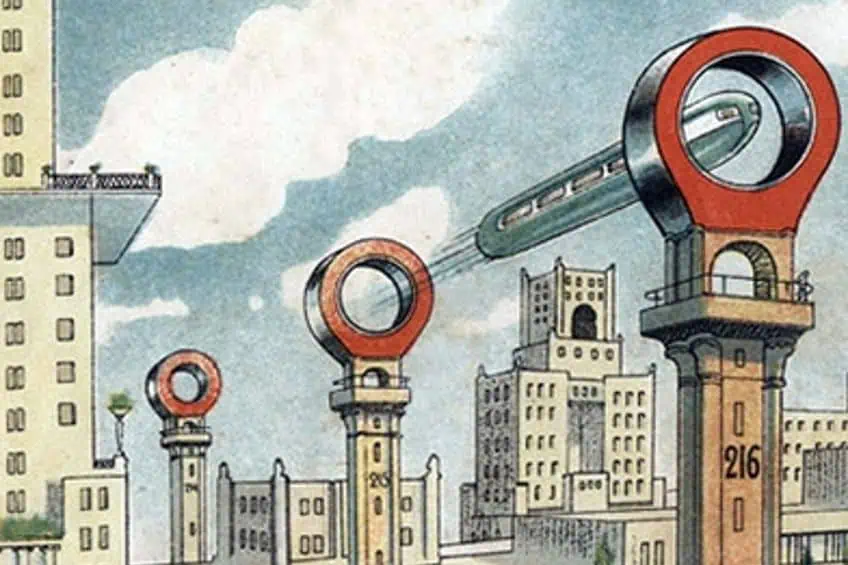Retro Futurism – The Art of Yesterday’s Tomorrow
Looking toward the future is part of human nature, and artists have always imagined what the world would look like in the future. While many seminal Retro Futuristic works were created in the 1960s and 1970s, Retro Futurism retroactively represents works created as early as the 1950s and beyond. It wouldn’t be until the 1980s that a popular term was coined to describe the artistic practice of imaging the confounding passage of time. Since then, Retro Futurism has remained in the mainstream.
Contents
Seeing Yesterday’s Tomorrow Through Retro Futuristic Art
Retro Futurism rose during a period of profound technological advances like the advent of the Space Age, the personal computer, consumerist culture, the first animal clone, the first Test tube baby, and the meteoric rise of popular science fiction. Retro Futuristic artists attempt to achieve an accurate sense of potential albeit unlikely futures. Bold claims about the future can be hilariously wrong or bizarrely right.
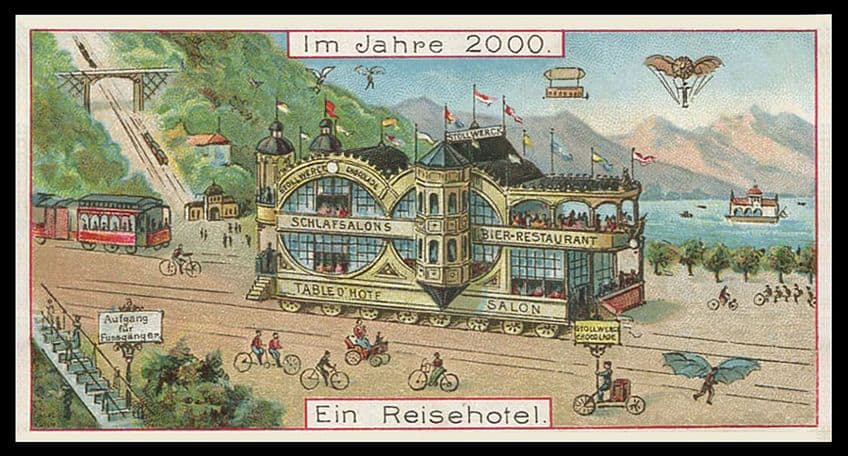
What Is Retro Futurism?
The term Retro Futurism, also known as Retrofuture, is formed from a combination of words of Latin origin. First, the prefix “retro”, means “backwards”, then the self-explanatory word “future”. Following Modernist traditions, Retro Futurism emerged as a prominent style around the 1960s, a time of rapid technological advancement. Retro Futurism can refer to the future as depicted by the past or the past as depicted by the future. As an overarching genre in the creative arts, Retro Futurism encapsulates various forms, including literature, art, design, fashion, architecture, advertisements, music, and film.
Retro Futurism artists are influenced by science, technology, and the realities of modern life.
Their images encompass historical depictions of the future with themes of invention, the nature of time, and the anchoring or alienating effects of technology. Retro Futurism art presents a fantastic version of the future or an alternate version of the past. It often depicts robotic creatures, speculative technologies, space colonies, societal structures, flying vehicles, interstellar travel, and planetary dynamics. Original Retro Futurism design is often vibrant with abstract elements, featuring hopeful atmospheres with light, optimistic colors.
Retro Futurism History
The aesthetics of the future date back to ancient times. Albert Robida’s book Le Vingtième siècle. La vie électrique (1890) features a drawing called Siècle Maison tournante aérienne. The drawing is a 19th-century prediction of what life would look like in the 20th century. It depicts a dwelling elevated above rooftops and rotating to maneuver in different directions. A central figure gestures toward an airship in the sky.
The articulation of this preoccupation with the future as an artistic style did not occur until relatively recently. Futurism, otherwise known as Futurology, is an artistic movement most prominent in Italy and Russia from 1909 to the 1920s. Occurring between the Great Depression and World War II, American 1920s Futurism, 1950s Futurism, and 1960s Futurism were similar in that they occurred in the aftermath of destructive global events.
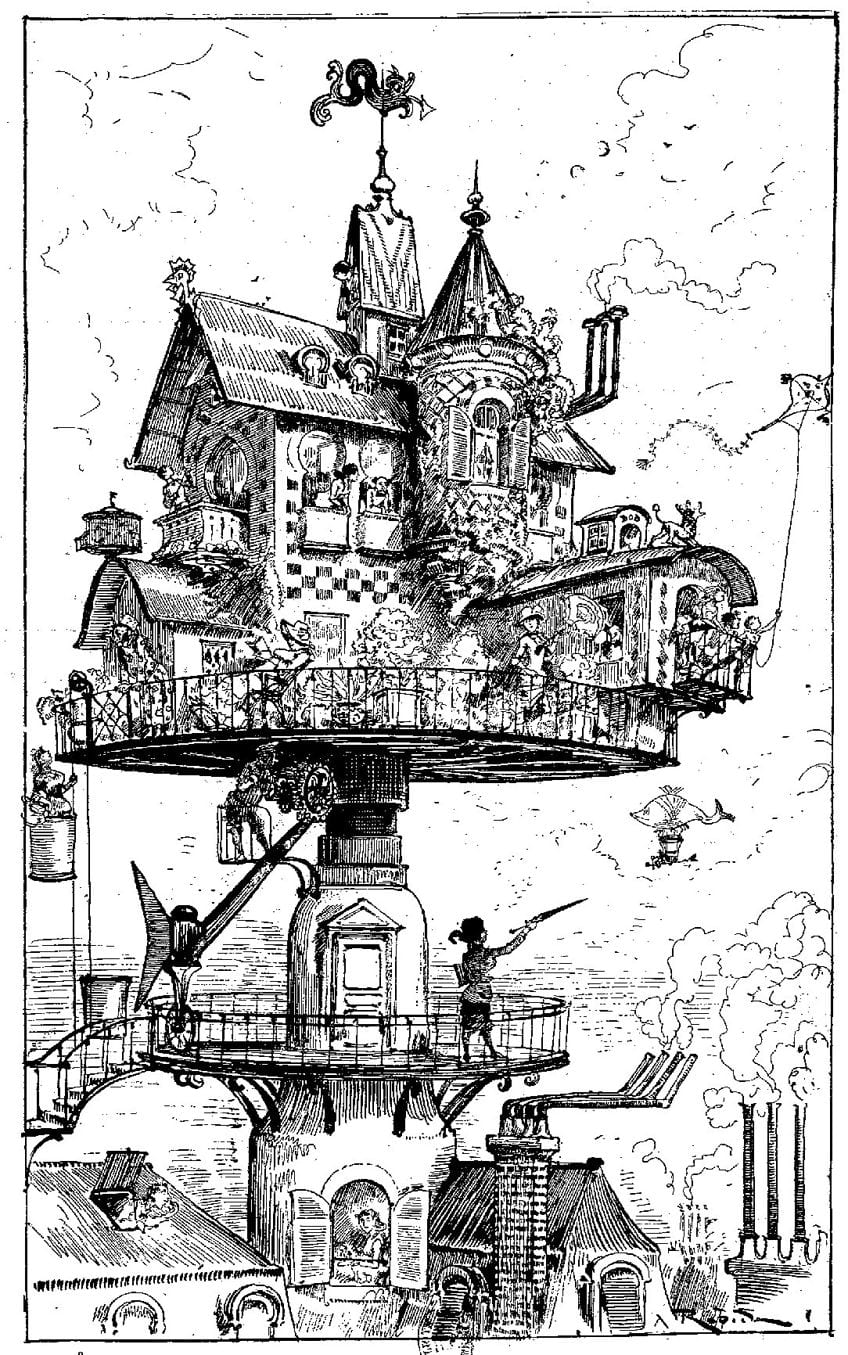
Post-war advancements inspired new hope for the future and artists began to illustrate the better times ahead. Science fiction is a genre of literature that emerged in this 1920s pulp era featuring futuristic elements in stories, novels, and films. The 1930s became known as the “Golden Era of Science Fiction” influencing art movements like Art Deco, Dadaism, Surrealism, Cubism, Futurism, Bauhaus, Constructivism, Neoplasticism, and Abstract Expressionism. It is important to note that science fiction was much more mainstream in the latter 1950s Futurism than it was in the initial Futurism era.
1950s Futurism was optimistic about the future. It was rooted in the mid-century prevalence of consumer-led imagery and the trend continued well into the 1960s Space Age. As technology continued to rapidly advance in the 1960s Futurism became increasingly prevalent in popular culture. By the 1970s it had become an undeniable pillar of visual culture as evidenced by George Lucas’ phenomenally successful Star Wars (1977-present) franchise. But it wasn’t until the 1980s that experimental artist Lloyd John Dunn supposedly jokingly coined the term Retro Futurism to refer to a form of art that represented both nostalgia and futuristic speculation. The earliest recorded use of the term Retro Futurism is accredited to a Bloomingdale advertisement in a 1983 edition of The New York Times.
Retro Futurism Themes
Because of its diverse era, Retro Futurism has varying themes and influences. Capitalism and art styles like Futurism and Art Deco helped turn Retro Futurism into a mainstream visual language. Retro Futurism was about selling a particular mentality or lifestyle. In the 1940s Bohn Aluminum and Brass Corporation commissioned artist Arthur Radebaugh to produce promotional art for their advertisement campaigns.
Radebaugh’s work was recognized for combining Art-Deco and Retro Futuristic styles.
Retaining a strong sense of nostalgia, Retro Futuristic images highlight a synergy between the past, present, and the future. But the preoccupation with utopic, optimistic, expected, or desired futures suggests a sense of unease with the present. Set between the bleak periods of World War II and the Cold War, Retro Futurism was not always optimistic. Some Retro Futuristic images explore dystopian and alternative realities emphasizing the alienating and sometimes harmful effects of technological advancements.
Retro Futurism Genres
Retro Futurism has many genres, the most popular of which are Steampunk, Cyberpunk, Atompunk, Dieselpunk, and Raygun Gothic. Each of these embodies potential futures through re-imagined technologies from specific periods. Such images are most prevalent in mainstream culture.

Steampunk
Though it is a tributary, Steampunk tends to be more Victorian compared to general Retro Futurism. As one of the most popular forms of Retro Futurism, Steampunk, which is also known as Victorian Futurism features anachronistic technologies and could be considered an example of Futuristic Retro. Resembling 19th-century Victorian era or the American Wild West as a fantasy world or future Steampunk is often set within alternate realities and incorporates modern and art nouveau design, and films from the mid-20th century.
Steampunk does not feature digital or electric technologies but mechanical such as complex series of mechanical gears, clockwork engines, and steam-powered mechanics.
It speculated that zeppelins would be the air travel of the future and fantastical technologies such as analog computers, steam cannons, or airships would be the norm. The term Steampunk was first used in 1987 to describe a literary subgenre of science fiction about the work of K.W. Jeter, James Blaylock, and Tim Powers. A Victorian sci-fi example is H. G. Wells’s The Time Machine (1895). Charles Babbage’s mechanical computer Analytical Engine (1837) and Edward S. Ellis’s The Steam Man of the Prairies (1868) are impeccable examples of Steampunk. These speculative technologies were often inspired by 19th-century literary works of writers such as Mary Shelley, Jules Verne, and H. G. Wells.
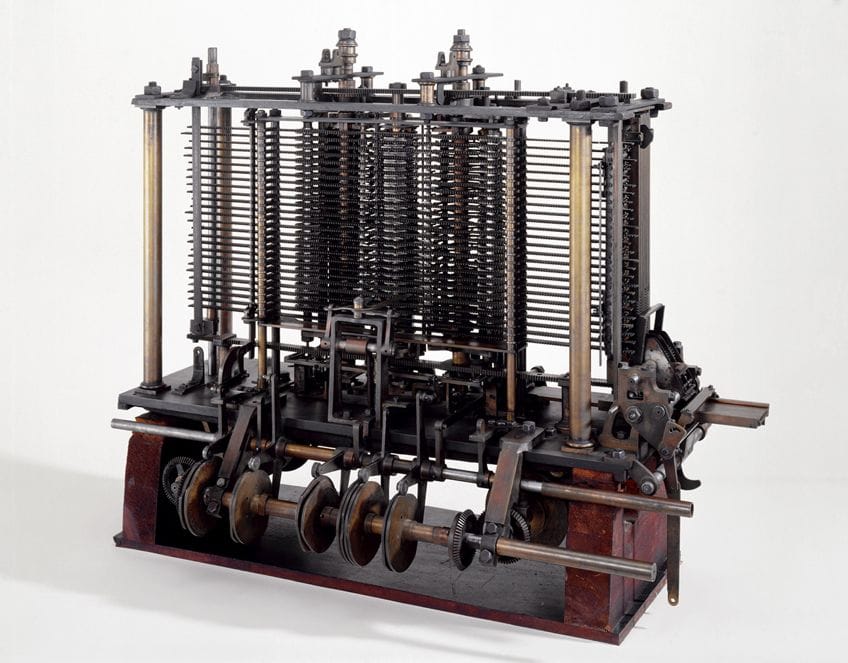
Cyberpunk
Cyberpunk is the most popular subgenre of Retro Futurism and often depicts futuristic dystopian settings featuring hybrids between high-tech and lowlife. Coinciding with the New Wave science fiction movement of the 1960s and 1970s, Cyberpunk rejected the utopian aspirations of preceding science fiction genres. Prevalent in hacker culture, manga, and punk subculture, Cyberpunk dominates the current digital age. Comics were key proponents of Cyberpunk themes as seen in John Wagner and Carlos Ezquerra’s Judge Dredd (1977).
Cyberpunk was propelled by the popularization of computer technology in the 1980s.
Its visual aesthetic is moody, brooding featuring computers, networks, neon lights, cruising cars, and immense buildings. Cyberpunk designers find new uses for old technologies and thus invent new technologies. Highlighting the conflict between free will, hackers, artificial intelligence, and mega-corporations, Cyberpunk was pessimistic about consumerist culture, often depicting post-industrial, post-apocalyptic dystopias. During the mid-1980s, writers like Rudy Rucker, William Gibson, Bruce Bethke, Pat Cadigan, and Bruce Sterling explored Cyberpunk themes. William Gibson’s acclaimed novel Neuromancer (1984) and Philip K. Dick’s novel Do Androids Dream of Electric Sheep? (1968), including Ridley Scott’s award-winning film adaptation Blade Runner (1982) are epic examples of Cyberpunk. Contemporary revivals of the Cyberpunk aesthetic include the nostalgic scenes of Vaporwave and Synthwave.
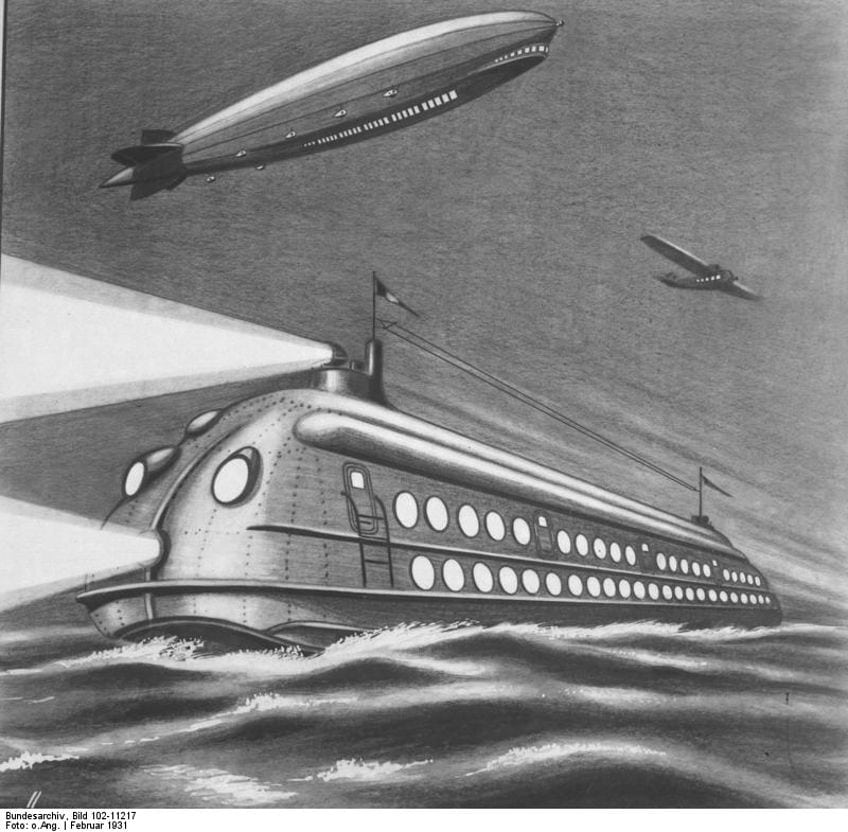
Atom Punk
Considered a pop surrealist artistic style Atompunk, which is sometimes referred to as Atomicpunk can be used interchangeably with Dieselpunk. Atompunk styles draw inspiration from the 1950s and 1960s sci-fi literature and movies. It gave rise to its own brand of often sexually suggestive comic books and superhero fiction known as pulp.
Atomicpunk emerged in the wake of the Cold War, early space programs, and the rise of America as a global superpower.
The artistic style arose because of Soviet-based political paranoia and propaganda in the United States at the time, and emerged in the pre-digital Space Age between 1945 and 1965. Atompunk’s view of the future was a stylistic combination of mid-century Modernism, the Atomic Age, and the Space Age. Atompunk envisions utopian or dystopian futures characterized by nuclear-powered bubble domes, glittering cities, and hovercars. Typically brightly colored with sleek, round surfaces, Atompunk’s vision of the future reflects all American values such as consumerism, suburban lifestyles, and the nuclear family.

Diesel Punk
Dieselpunk, otherwise known as Cyberpunk, is a derivative of Steampunk with the “-punk” suffix denoting the counterculture quality of the genre. The artistic style is influenced by Film Noir, Art Deco, commercial, and industrial imagery. This genre tends to reflect postmodern sensibilities by questioning the effects of technology on the human condition.
The most recent Retro Futurism design sub-culture and sometimes referred to as Decodence, the term Dieselpunk was retrospectively coined by video game designer Lewis Pollak in 2001 for his RPG role-playing game Children of the Sun (2002).
With ever-growing popularity, Dieselpunk produced art, literature, music, film, and architecture influenced by science, technology, and fuel-powered machinery. Between the 1920s and the 1950s, Dieselpunk provided alternate histories in the aftermath of World War II. This was the era of classic Hollywood, prohibition, big jazz and swing bands, skyscrapers, outrageously luxurious cars, and glamorous transatlantic travel. The Retro Futurism design of Dieselpunk evokes earlier aesthetics of popular culture and optimistic futurism. Like the Art Deco movement, Dieselpunk combined rectilinear lines with aerodynamic shapes and formal symmetries with futuristic elements.

Raygun Gothic
After the decline of Dieselpunk in the 1950s, a new form of 1950s Futurism called Raygun Gothic emerged during the golden age of modern design. It describes a visual style that reflected the optimistic outlook people generally had of the future during the 1950s and 1960s. However, the term itself was coined much later by William Gibson in his sci-fi novel The Gernsback Continuum (1981) as a retrospective reference to the style typically observed from the 1930s to the 1960s. Generally, the Raygun Gothic style is a mixture of science fiction and Art Deco and seems deceptively playful and whimsical. The “bubblegum” style of Raygun Gothic incorporates bright 1950s-style pastel colors and Art Deco shapes, with a fun, sexy, and campy aesthetic. The Art Deco influence is seen in the bold typography, dramatically angular and distinct lines and patterns with spherical forms.
The often-clashing colors include pops of warm tones against shades of blue, turquoise, and lime green.
In Retro Futuristic comic books, attractive male protagonists are often transformed into reluctant antiheroes, leaving destruction and chaos in their wake. Female figures are frequently portrayed as bimbos, big-bosomed bombshells, or damsels in distress dressed in revealing clothing and desperate for the male protagonist to save them from a purposely unrelatable villain. Some kind of vicious alien monster. The preoccupation with otherness, gender, and sexuality suggests that 1950s science fiction catered to a mostly male audience.
Influenced by groundbreaking events like the V-2 rocket launch and the moon landing of 1972, Raygun Gothic was specifically influenced by the culture of The Space Age. This version of 1950s Futurism and 1960s Futurism is a contemporary term for a more rebellious aesthetic that subverts the combination of vintage and newer ideas and imagery. Generally, Raygun Gothic featured darker, more gritty themes with sexual undertones that were sometimes parodied.

Famous Retro Futurism Art
While it is important to understand the Retro Futuristic genres, they are not mutually exclusive and much of Retro Futurism art can inhabit numerous or none of these categories. Typically, initial examples of Retro Futurism art were imaginations of the future from the perspective of people from the United States somewhere between the 1920s and the 1960s.
While it can be overly nostalgic and even comical, the most impressive Retro Futurism art presents serious and analytical predictions of the future.
Stanford torus (1975) by Donald Davis
| Date | 1975 |
| Medium | Oil on board |
| Dimensions | Unknown |
| Location | NASA Ames Research Center, Mountain View, California, United States |
Painter, animator, and space artist Donald E. Davis’ Retro Futurism art was characterized by his attention to detail. His authentic depictions are based on careful collaboration and scientific knowledge. During the Apollo Lunar expeditions, Davis initially worked for the Astrogeologic Studies branch of the U. S. Geological Survey and was commissioned by the National Aeronautics and Space Administration (NASA) to paint several space-related images including depictions of interiors of giant space colonies.
Stanford Torus refers to the NASA ring-shaped design concept for a rotating space station that had been initially proposed by Herman Potočnik and Wernher von Braun. Later Gerard O’Neill presented a proposal for Island One (1976) or Bernal Sphere (1977) as alternatives to the torus. The long, narrow, glacial valley curves upward, eventually meeting overhead and forming a circle. The doughnut-shaped torus is 1.8 km in diameter and the huge ring rotates once per minute thus generating artificial gravity through centrifugal force. The space habitat could accommodate 10,000 to 140,000 permanent residents. This design had to sustain life and operate like a closed ecosystem. It included residential areas that resemble dense suburbs and “natural” environments for leisure and agriculture. A system of mirrors including a stationary large central solar mirror produces sunlight in the interior of the torus.
Numerous spokes serve as conduits for people and materials in transit between various hubs of the colony.
The Raygun Gothic Rocketship (2009) by Nathaniel Taylor, Sean Orlando, and David Shulman
| Date | 2009 |
| Medium | Aluminum and steel |
| Dimensions | 40’H x 8’W x 8’D |
| Location | Pier 14, San Francisco, California, United States |
Created by Nathaniel Taylor, Sean Orlando, and David Shulman, the Raygun Gothic Rocketship is a Retro Futuristic art sculpture originally produced for the 2009 Burning Man Festival as an art installation in the Black Rock Desert of Nevada. The Five Ton Crane Arts Group helped the main artists bring their futuristic vision to life and collaborated with 85 other artists, fabricators, scientists, and engineers.
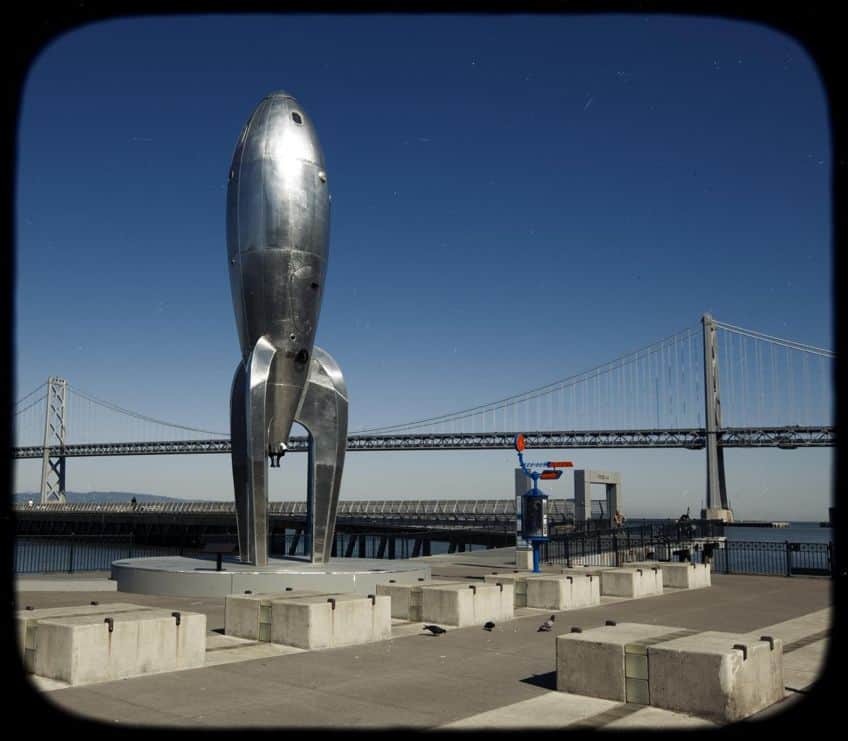
In its current Colorado location, the sci-fi sculpture towers above the Bay Bridge and the waterfront below. During the day the sci-fi sculpture gleams with retro ingenuity and at night its futuristic flashing illuminates the dreamy scene. The massive pulp fiction spaceship sculpture is constructed from three walkable decks and has shiny silver legs seemingly perpetually prepared for lift-off. While it began as an immersive piece, the rocket’s interior is currently off-limits due to health and safety regulations. The Retro Futuristic rocketship’s interior includes artistic details such as captured extraterrestrial creatures, a Life-Sciences Bio Lab, Crew Quarters with zero-gravity sleeping compartments, a Navigation and Engine Room, and a lofty Flight Deck with a pilot chair.
The three interior chambers are fitted with whimsical dials and knobs, heightening the Retro Futuristic effects.
Retro Futurism in Summary
There are examples of Retro Futurism present throughout historical and contemporary culture. It can be found in popular media, literature, architecture, decor, art, design, music, movies, video games, and fashion. With the aid of contemporary technology, concept artists have revolutionized visual culture. Aesthetics of the future are common and due to the democratization of knowledge, it seems that today’s Retro Futuristic depictions are more realistic, though they retain the palpable hope for endless technological advancement.
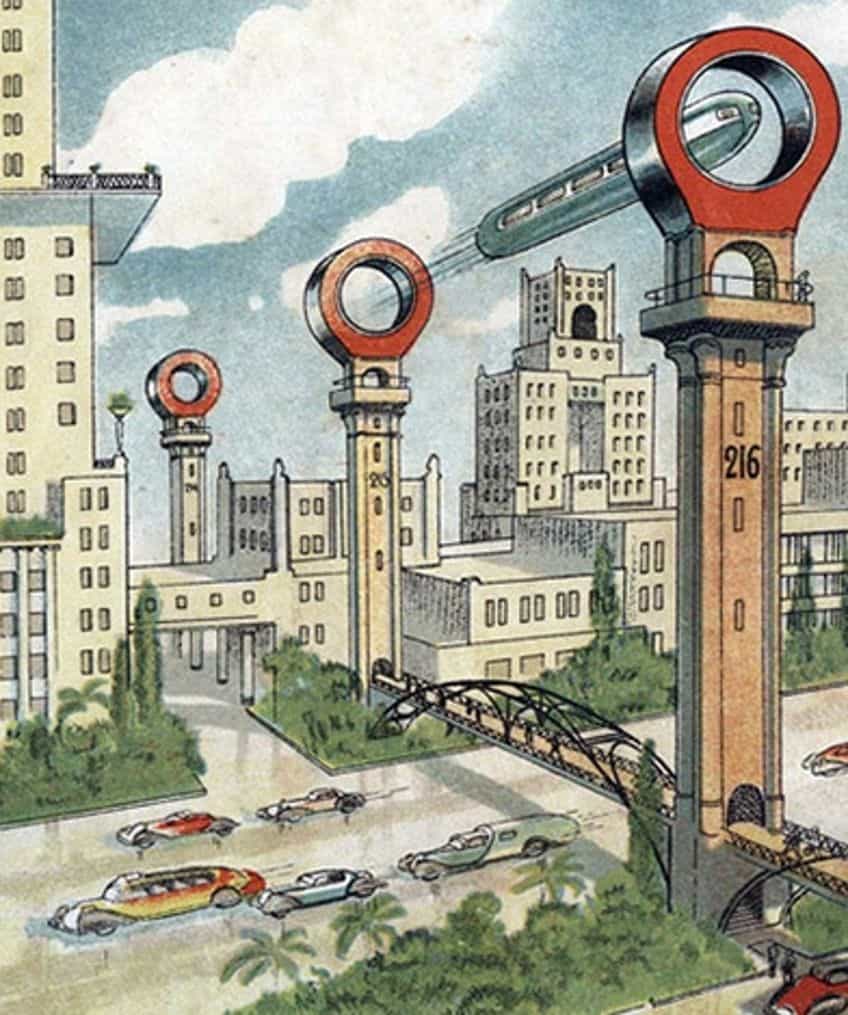
The sweet irony of Retro Futuristic imagery is that what seemed progressive to previous generations inevitably appears quaintly misconceived to current audiences. The popularity of Retro Futurism is rooted in nostalgia because it is an aesthetic testament to the power of human imagination. The hybrid has proven itself as a viable vehicle for the exploration of alternative pasts or futures as a response to real-world social issues. While concerted efforts to depict what is to come reveal a common dissatisfaction with the state of things, they also point to a sense of inventive resilience that continues to thrust humanity onward. Though visual fantasies of the future can range from comical to concise, the scientific positivism of Retro Futuristic depictions is a definitive illustration of the cooperation between past, present, and future.
Frequently Asked Questions
What Is Futuristic Retro?
Futuristic Retro, otherwise known as Retro Futures, refers to the artistic style of depicting futuristic technologies within old-fashioned scenes. By projecting the present onto the past, Futuristic Retro is a reimagination of Retro Futuristic ideas. Elon Musk’s Cybertruck (2019) is an example of Futuristic Retro. Described on Tesla’s website as the most powerful tool they have ever built, the waterproof land vehicle is one that can also operate as a car. It is clearly futuristic, but the vehicle’s design draws distinctly from the past 1980s era.
What Is Japanese Retro Futurism?
Japanese Retro Futurism was an art style that emerged from the 1930s to the 1960s. Like all Retro Futurism, the style represented artistic expression of what the future might look like. Japanese steampunk is a popular subgenre that emerged in the 1940s, featuring manga and anime with steampunk elements. Japanese cyberpunk is a subgenre that emerged in 1982, and was largely accredited to Katsuhiro Otomo’s manga series Akira (1982 – 1990).
What Is Afrofuturism?
It is notoriously difficult to find depictions of non-Caucasian figures in Retro Futuristic imagery. Afrofuturism is an aesthetic that encourages racial and cultural diversity in this and other science-fiction genres. Coined in the essay called Black to the Future (1994) by Mark Dery, Afrofuturism acknowledges people of African descent in the context of speculative techno cultures.
Liam Davis is an experienced art historian with demonstrated experience in the industry. After graduating from the Academy of Art History with a bachelor’s degree, Liam worked for many years as a copywriter for various art magazines and online art galleries. He also worked as an art curator for an art gallery in Illinois before working now as editor-in-chief for artfilemagazine.com. Liam’s passion is, aside from sculptures from the Roman and Greek periods, cave paintings, and neolithic art.
Learn more about Liam Davis and about us.
Cite this Article
Liam, Davis, “Retro Futurism – The Art of Yesterday’s Tomorrow.” artfilemagazine – Your Online Art Source. September 28, 2023. URL: https://artfilemagazine.com/retro-futurism/
Davis, L. (2023, 28 September). Retro Futurism – The Art of Yesterday’s Tomorrow. artfilemagazine – Your Online Art Source. https://artfilemagazine.com/retro-futurism/
Davis, Liam. “Retro Futurism – The Art of Yesterday’s Tomorrow.” artfilemagazine – Your Online Art Source, September 28, 2023. https://artfilemagazine.com/retro-futurism/.


